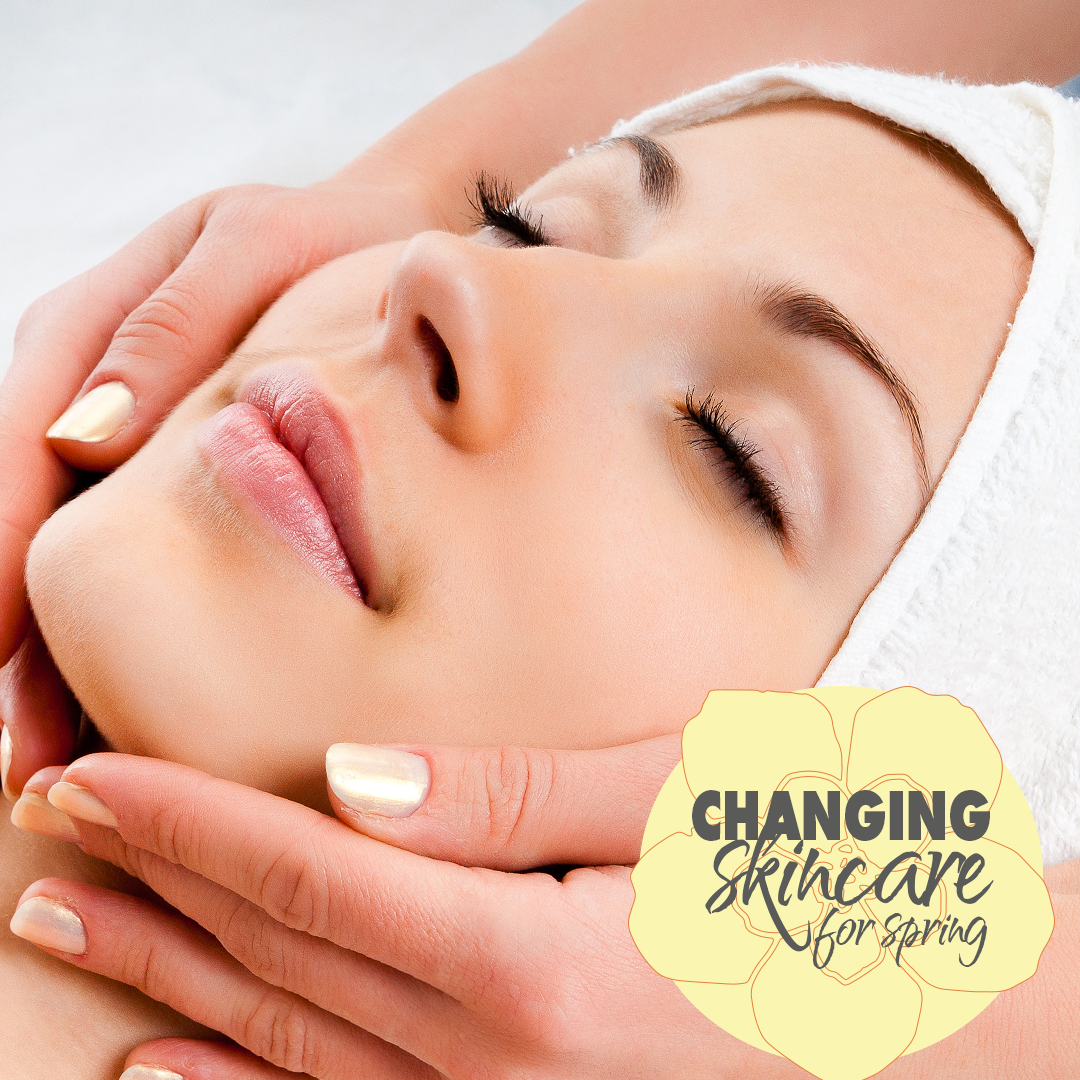10 Skincare Tips when changing to spring
It is SPRING! Get ready to schedule client skin consultations. Here are 10 skincare tips when analyzing skin for spring.
Winter creates its own challenges. The hydrolipidic barrier is in constant flux. Professionals focus on lipid retention products to maintain an optimum intercellular matrix. But now spring is almost here. So how do we transition to maintain skin health?
Firstly, review certain skin factors that will determine how their oil production has changed.
- Look for «oil width» the dilation of the follicle. Starting from the nose and scanning across the face. Where do the follicles lose their visibility?
- Review the skin for dehydration. Take your thumb and start at the jawline under the earlobe. Drag the thumb towards the nose. Do you see the outline of the stratum corneum cells? They generally look paperlike when skin is dehydrated. Does the skin have bounce as you drag your thumb?
Let’s stop here. Depending on the skin from the above analysis, this will determine two additional important things:
- It will let you see where the skin is more resistive. This helps when determining the proper skin treatment.
- The intercellular matrix is crucial. Not only does it guide you when selecting the proper home skincare routine. But it will provide you with certainty when explaining to your client the state of their skin and how skincare is an essential part of their treatment success.
Now let’s continue...
- Once you determine their skin state, dehydration, capillary vulnerability, and so on…Now you want to assess their Glogau classification from I-IV. I, personally use this all the time. It is great to review the wrinkles in motion and at rest. The depth of damage from external factors, predominantly from the sun. It provides a window of opportunity when recommending performance serums and nightly exfoliations like the Renewal Serum 10% lactic acid with the added probiotic-driven ingredient.
- Another adjunct to the Glogau is to learn the Rubin classifications. Again, this helps when recommending home care to your clients. I always make this a part of my consultation. Rubin does a great job when trying to isolate the depth of wrinkle damage. The Rubin classification is always discussed perform performing microcurrent.
Here are some common follicular disorders that move from winter challenges into spring treatments.
- Milia cysts – they are small, white bumps that are from and overaccumulation of dead skin cells that are mixed with residual oils. This is prominent after winter due to the lack of sloughing that occurs due to heavy creams, that provide a surface reprieve from the cold weather.
- Open/closed comedones – solidified oil that oxidizes and becomes very resistive in most cases because of the lack of skin balance.
- Pustules – raised small to large bumps that have a yellowish fluid. The yellowish fluid contains white blood cells.
- Cysts – may be as large as an eraser from a pencil and in some cases larger. They are closed capsule or sac-like structures. Typically filled with a liquid or semisolid. It is important to know cysts may be painful to the touch.
What is the common skin factor? Skin Immunity!
The last recommendation is «Client Consultation». Skin immunity is the hardest hit when seasons change. There are so many stress factors when the skin is trying to adapt to temperature changes. The best thing estheticians, spa professionals, skincare therapists can do is schedule client consultations for current clients and new clients.
Work smarter by scheduling a consultation with clients so they may start their springtime skincare as you start new treatment plans for spring. Retail and Professional skincare work together for long-term healthy skin results.
We want to hear from you…share your thoughts.

Call 1.866.312.7546
Store Locator
 Español
Español Inglés
InglésCall 1.866.312.7546
 Español
Español Inglés
Inglés
